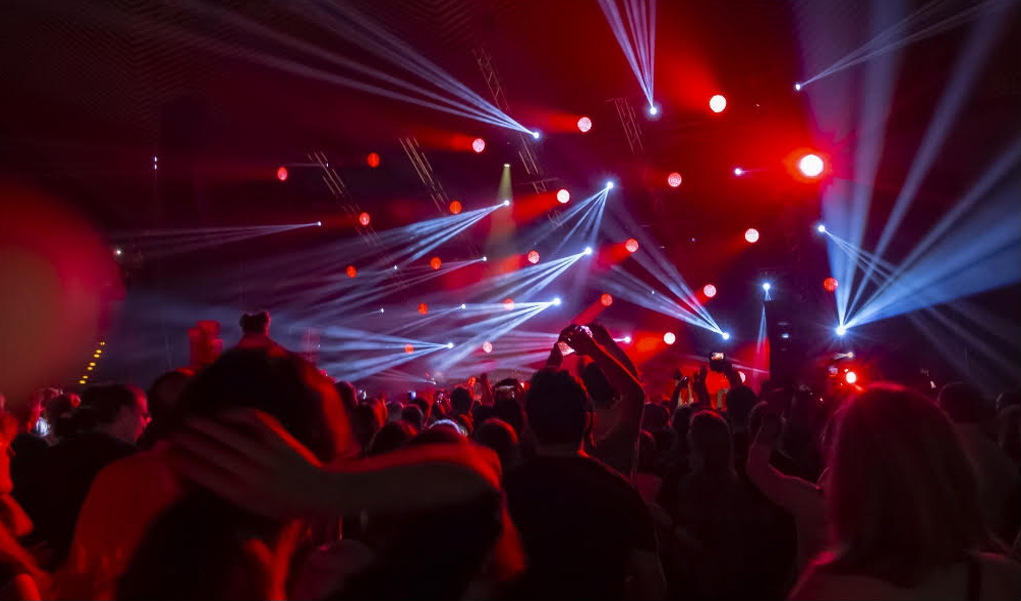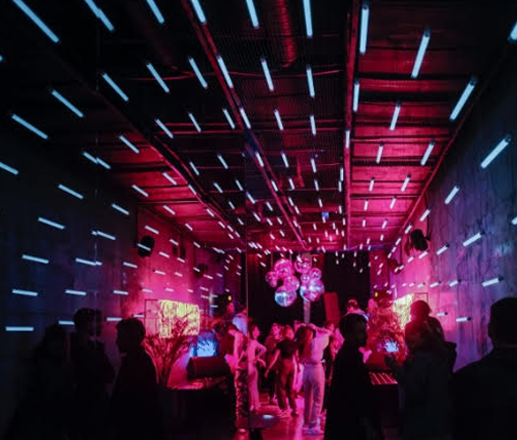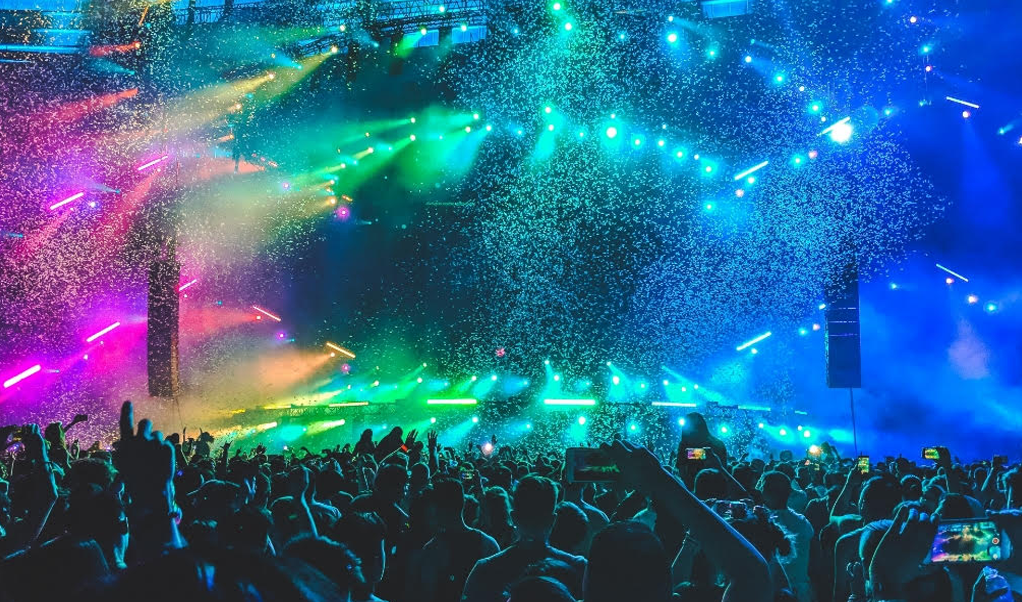
Among all of the ways music connects us to the sacred, including the many forms of the “trance formation” complex, I have found electronic dance music (EDM) and the rave scene to be one of the most interesting and compelling, not only because it is a powerful spiritual and religious phenomenon in and of itself but, perhaps more importantly, because it is a template that shows how new forms of spirituality are evolving in the twenty- first century.

When raves started exploding in the late 1980s and early 1990s, they began as a place for people to socialize, have fun, party, and dance to electronic music, but it quickly became clear that ravers were also having profound life-changing spiritual and religious experiences at these events — and this is a striking example of spirituality and religion unexpectedly emerging in a seemingly unrelated secular context. It shows us that the sacred is not confined to the formal structures of organized religion, but can pop up anywhere.

It also shows us the central importance of the experiential state, in this case brought on not only by the continuously mixed, highly amplified, electronically generated, beat-heavy music and uninterrupted high-energy dancing, but also by the innovative lighting and visuals and, often, the use of psychoactive compounds such as MDMA and LSD.
The intensity of the shared experience breaks down traditional boundaries of race, class, ethnicity, nationality, religion, age, gender, and sexual orientation, bringing everyone together in an ecstatic unity that transcends these boundaries. And this experience takes place in the body, rather than being simply a mental construct.
Another crucial aspect is the high-tech nature of raves, which utilize state-of-the-art digital music production and amplification technology, lighting and computer graphic technology, and communication technology networks like the internet, cell phones, and satellite link-ups. This embrace of digital technology makes it possible for the rave scene to be a global culture that connects across the entire world, and that provides an empowering platform for creative expression and manifestation, both individually and collectively.

Speaking as a long-time raver, it’s no exaggeration to say that I have had some of the most memorable and amazing experiences of my life on the dance floor at raves. As a musician and songwriter, I find the music to be truly inspiring and innovative, creating an entirely new and vibrant set of sonic landscapes to explore. And at this moment of profound planetary crisis that calls for nothing less than major transformational change, rave culture’s utopian vision of “Peace, Love, Unity, Respect (PLUR),” its inclusive spirituality, and the global reach of its community provide a hopeful example of one possible way forward.
If you’re interested in delving further into this, please check out my book Trance Formation: The Spiritual and Religious Dimensions of Global Rave Culture


